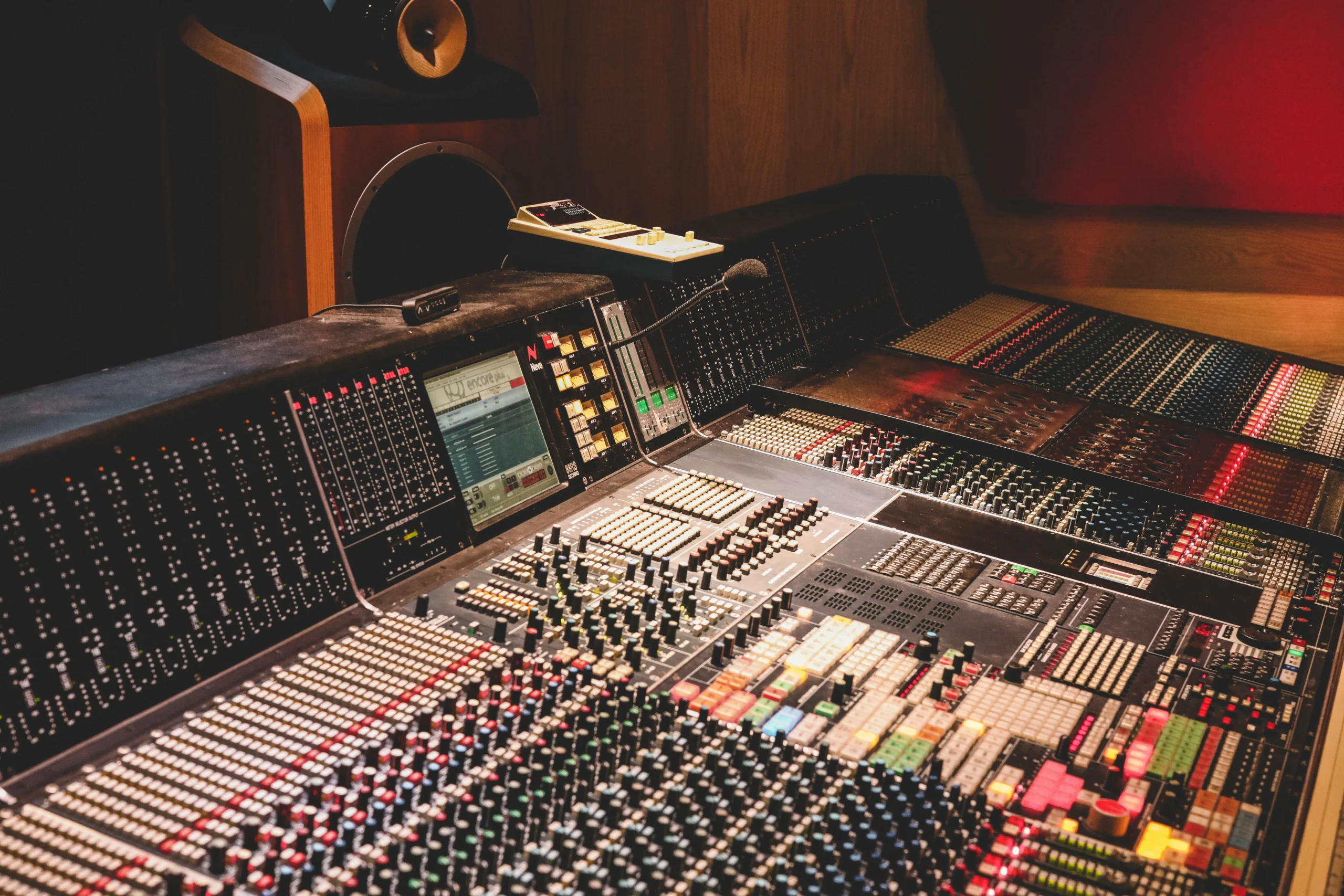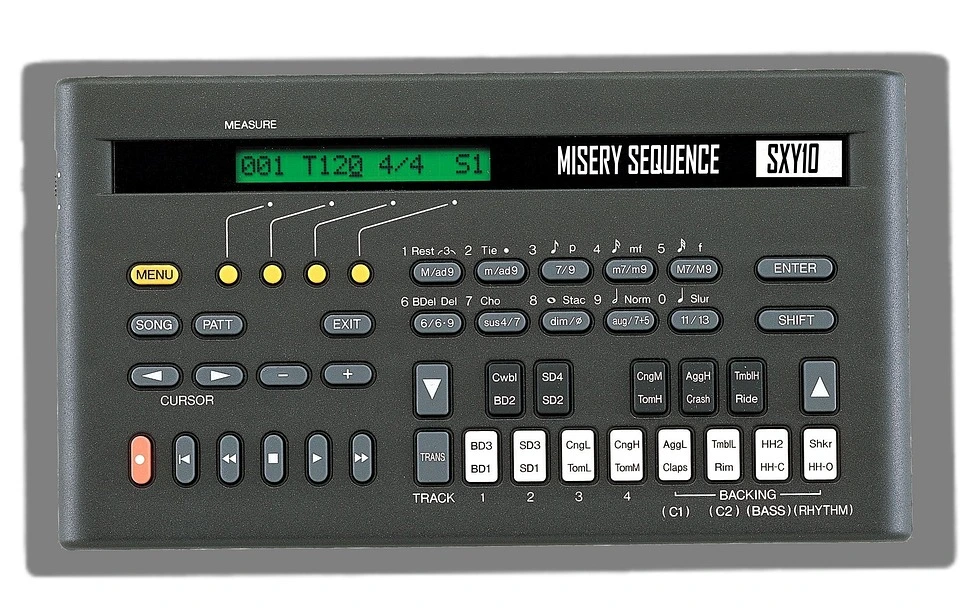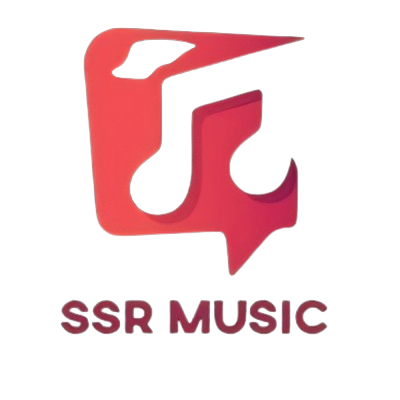
Table of Contents
Studio Recording Equipment List
Establishing a professional recording studio necessitates careful planning and investment in the appropriate equipment. This page contains a complete list of studio recording equipment, including as microphones, audio interfaces, studio monitors, headphones, and more. Find out what you’ll need to make high-quality recordings and design your ideal studio.
Establishing a professional recording studio necessitates careful planning and investment in the appropriate equipment. Whether you’re a musician, podcaster, or sound engineer, having the correct equipment is critical to producing high-quality recordings. In this post, we will provide you a thorough list of studio recording equipment to assist you get started on your adventure.
1. Microphones:
The microphone is one of the most important pieces of equipment in any recording studio. There are various types of microphones available, each with its own unique characteristics. Some popular options include condenser microphones, dynamic microphones, and ribbon microphones. It is critical to select a microphone that meets your specific recording needs and budget.
There are types of microphones; we already wrote a detailed blog on that topic. Read before purchasing any microphone according to your use.
2. Audio Interface:
An audio interface is a device that connects your microphones and instruments to your computer. It converts analog audio signals into digital data that can be processed by your recording software. Look for an audio interface with high-quality preamps and sufficient inputs and outputs to accommodate your recording needs.
The number of inputs and outputs of an audio interface defines how many microphones or instruments may be connected to your computer simultaneously. If you intend to record many sources simultaneously, such as a drum set or a complete band, you will require an audio interface with multiple inputs.
Furthermore, the number of outputs is critical if you wish to connect your computer to external speakers or headphones for monitoring.
The sampling rate and bit depth of an audio interface control the quality of sounds that may be recorded and played back. The sample rate is the number of samples obtained each second, whereas the bit depth is the amount of bits required to represent each sample.
Higher sample rates and bit depths improve audio quality, but they demand more processing power and storage space. It’s critical to select an audio interface that supports the sample rate and bit depth you intend to work with.

Connectivity choices are another crucial consideration when selecting an audio interface. Most audio interfaces link to your computer via USB or Thunderbolt, but some may also connect to iOS devices or standalone recorders. Some audio interfaces additionally have built-in preamps, MIDI connection, and digital inputs and outputs for connecting to other audio equipment.
3. Studio Monitors:
Studio monitors, also known as speakers, are designed to provide accurate and detailed audio reproduction. They are essential for mixing and mastering your recordings. Invest in a pair of studio monitors that offer a flat frequency response and good stereo imaging to ensure that your mixes translate well across different playback systems.
When it comes to choosing the best studio monitors for your setup, there are various things to consider. One of the most crucial factors to examine is the monitor’s frequency response. The frequency response describes the range of frequencies that the speakers can correctly reproduce.
A broad frequency response is desired because it lets you to hear the whole range of sound, from deep bass to sharp high frequencies. This is especially crucial while working on music production or audio mixing, as you want to guarantee that every component of the mix is correctly represented.
Another important element to consider is the power output of the studio monitors. The power output regulates how loud the speakers can be without distorting the audio. It is critical to select monitors with enough power to fill your studio area with clean, undistorted sound.
Furthermore, having adequate power reserves allows for headroom, which is critical when working with dynamic audio content that necessitates rapid volume spikes.
When choosing studio monitors, consider the size of your studio room as well. The acoustics of the space have a considerable influence on sound quality, and different room sizes necessitate varied monitor sizes and setups. In smaller spaces, near-field monitors are frequently preferred. These monitors are intended to be placed near to the listener, resulting in a more direct and accurate portrayal of the sound. In bigger rooms, midfield or far-field monitors may be required to ensure adequate sound coverage and dispersion.
However, it is not enough to simply choose the ideal monitors; your studio must also be properly positioned and treated acoustically. The placement of the monitors in respect to the listening position and the room limits has a significant impact on sound quality and imaging. Furthermore, acoustic treatment such as bass traps, diffusers, and absorbers may assist reduce undesired reflections, resonances, and standing waves, resulting in a more accurate and balanced listening experience.
4. Headphones:
While studio monitors are important for monitoring your mixes, a good pair of headphones is equally essential. They allow you to hear fine details and make critical decisions during the recording and mixing process. Look for headphones that provide a balanced and neutral sound, with a comfortable fit for long hours of use.
When it comes to selecting the best headphones for your studio, there are several variables to consider. First and foremost, pay attention to the frequency response. A flat frequency response indicates that the headphones correctly reproduce sound, with no excessive bass or treble. This is essential for mixing and mastering since it allows you to precisely alter the levels and EQ of your recordings.

Comfort is another important thing to consider. As a producer or engineer, you may work long hours in the studio while wearing headphones. As a result, it is critical to select headphones that are comfortable and will not create weariness or pain.
Look for headphones with cushioned ear cups and an adjustable headband to provide a comfortable fit for your specific head shape and size. Durability is also an important consideration while choosing studio headphones.
You want a pair that will survive the rigors of everyday studio use while still being portable enough to carry on the fly.
5. Pop Filter:
A pop filter is a simple yet effective tool that helps reduce plosive sounds caused by strong bursts of air hitting the microphone. It is placed in front of the microphone to prevent unwanted popping sounds when recording vocals or other instruments. Investing in a quality pop filter can greatly improve the clarity of your recordings.

6. Studio Acoustic Treatment:
Creating a suitable acoustic environment is critical for producing accurate and professional-sounding audio. Consider using acoustic treatment materials like diffusers, absorbers, and bass traps to reduce reflections, echoes, and standing waves in your studio. This will lead to clearer recordings and improved overall sound quality.
7. MIDI Controller:
If you work with virtual instruments or software synthesizers, a MIDI controller is a must-have. It allows you to play and control virtual instruments using a keyboard, pads, knobs, and sliders. Look for a MIDI controller that offers a good range of controls and integrates well with your preferred recording software.
A MIDI controller is a must-have piece of equipment for any musician or producer looking to elevate their music production skills. With technological advancements, virtual instruments have grown extremely powerful and realistic, allowing artists to make professional-sounding recordings without the need for pricey hardware.
A MIDI controller serves as an interface between the musician and the virtual instruments. It enables you to enter musical data into your computer or digital audio workstation (DAW) while also controlling numerous software instrument characteristics.

This implies that you may use the MIDI controller’s keys to play melodies, chords, and even drum patterns in the same way that you would on a piano or keyboard. The quality of the keyboard is a crucial consideration when selecting a MIDI controller. The term “keyboard” refers to the keyboard mechanism and the sensation of the keys. A decent keyboard should have a sturdy construction, responsive keys, and a true piano-like sensation.
This is especially significant if you are a pianist or keyboard musician who wants to experience the feel of a real piano while playing virtual instruments. In addition to the keyboard, many MIDI controllers have pads and assignable controls. Pads are commonly used to trigger drum sounds or samples, and they should be delicate and responsive to your touch.
Assignable controls, such as knobs and sliders, enabling you to change the parameters of the software instruments in real time. This may be really effective for increasing expressiveness and dynamics in your song.
When selecting a MIDI controller, you should also examine the connectivity choices. Most MIDI controllers communicate with your computer via USB, but some additionally have MIDI DIN connections for connecting to external hardware synthesizers or sound modules.
This is handy if you own a collection of antique synthesizers or wish to combine hardware and software instruments in your setup. To summarize, a MIDI controller is a flexible and vital tool for any artist or producer working with virtual instruments.
8. Cables and Accessories:
Don’t forget the cables and accessories required to connect and maintain your recording equipment. Invest in high-quality XLR cables, instrument cables, patch cables, and power conditioners to ensure dependable and noiseless connections. Consider acquiring a microphone stand, shock mount, and cable management solutions to help keep your studio tidy.
- XLR Cable
- Instrument Cables
- Shock Mount
- Microphone Stand
9. Recording Software:
To put everything together, you’ll need recording software or a digital audio workstation (DAW). There are several solutions available, ranging from free to professional-level software. Choose a DAW that fits your workflow and provides the capabilities you need to record, edit, mix, and master your music or audio productions.
There are so many types of recording software; we already wrote a detailed blog on that topic. Read before purchasing any software.
10. Additional Gear:
Depending on your individual requirements, you may wish to explore extra equipment. This might comprise instruments, amplifiers, outboard gear (e.g., compressors and equalizers), MIDI interfaces, and more. Assess your needs and budget to see what additional equipment may benefit your studio setup.
Setting up a professional recording studio can be both exhilarating and intimidating. Investing in the correct equipment and taking the time to establish an ideal recording atmosphere can ensure that your recordings sound their best. Use this comprehensive list as a starting point to create your ideal studio and go on a creative adventure with limitless possibilities.
Check out this blog related to this blog
Check our featured blog
Do Record Labels Provide Loans to Artists?
Can AI Replace Human Musicians? Exploring the Future of Music Creation
Can AI replace human artists? Artificial intelligence in music Can AI Replace Human Musicians? Introduction Artificial intelligence in music (AI) is swiftly changing multiple industries, and the music sector is no different. The incorporation of AI into music production, songwriting, and live performance has opened the door to inventive practices and technologies that question conventional…
How to Use Vocal Compressor?
How to Use Vocal Compressor? Vocal compression is an important step in music production for creating a refined sound. This article covers everything from how to set up your compressor and dial in the optimum settings to advanced techniques like as parallel and side-chain compression. Learn how to control dynamic range, establish voice presence, and…
Difference Between Home Studio and Professional Studio
Difference Between Home Studio and Professional Studio Discover the fundamental distinctions between home and professional audio production facilities. Learn about each type of studio’s equipment, technology, and expenses, as well as the benefits and drawbacks. Whether you’re a hobbyist or a professional, this guide will help you select the best configuration for your requirements. Introduction…

Leave a Reply